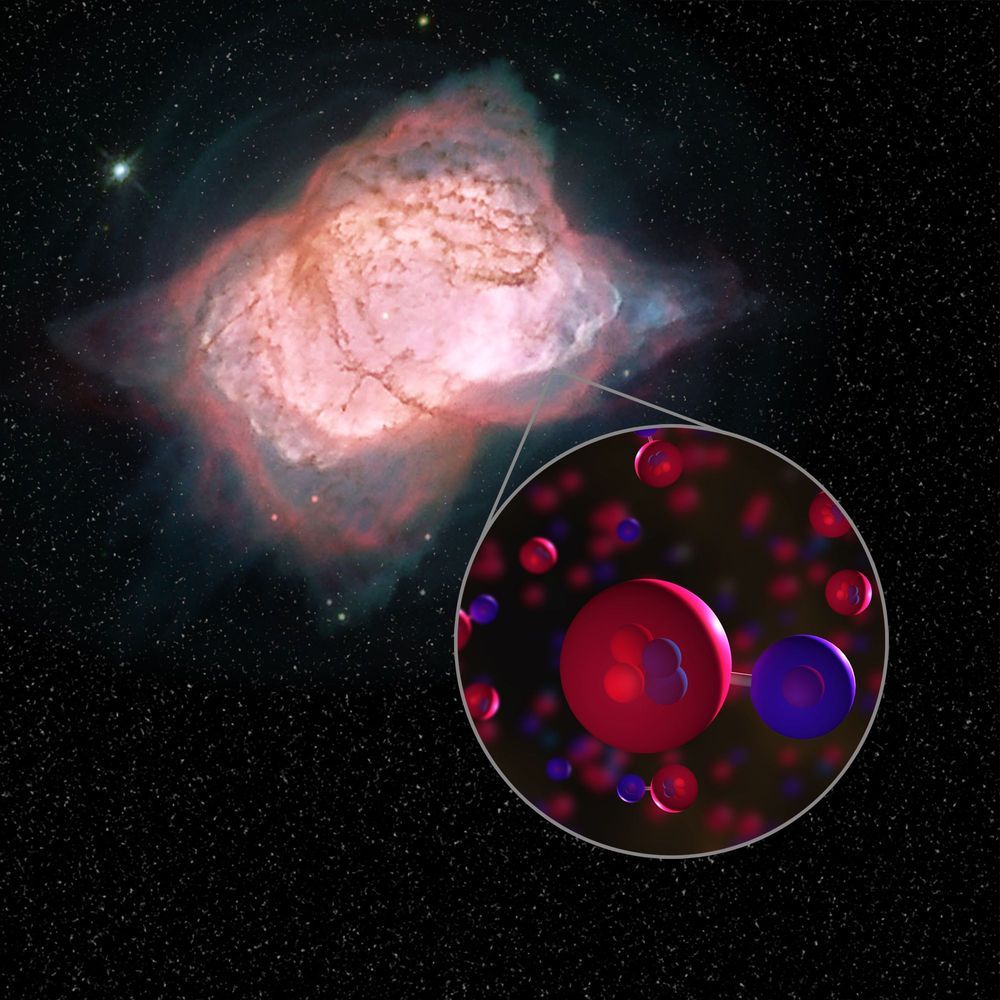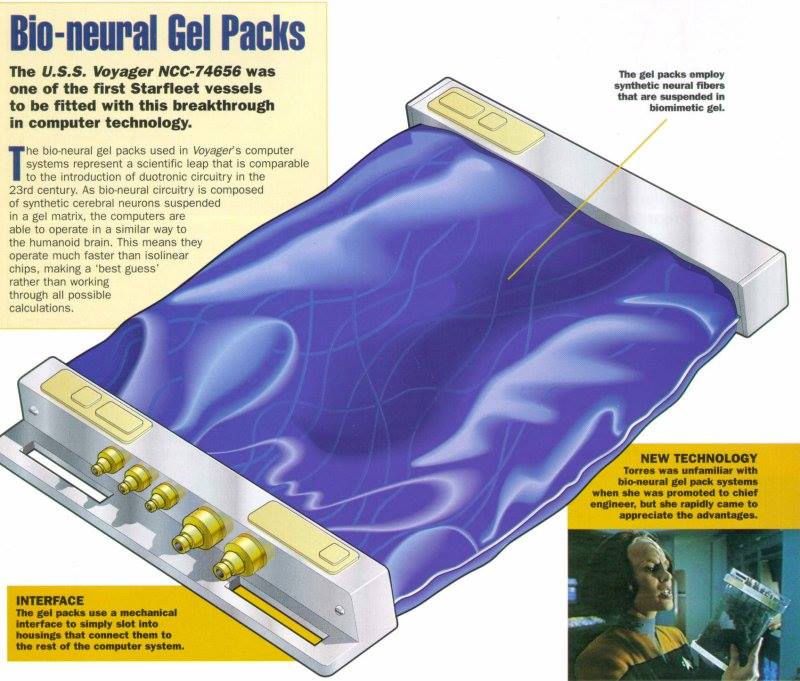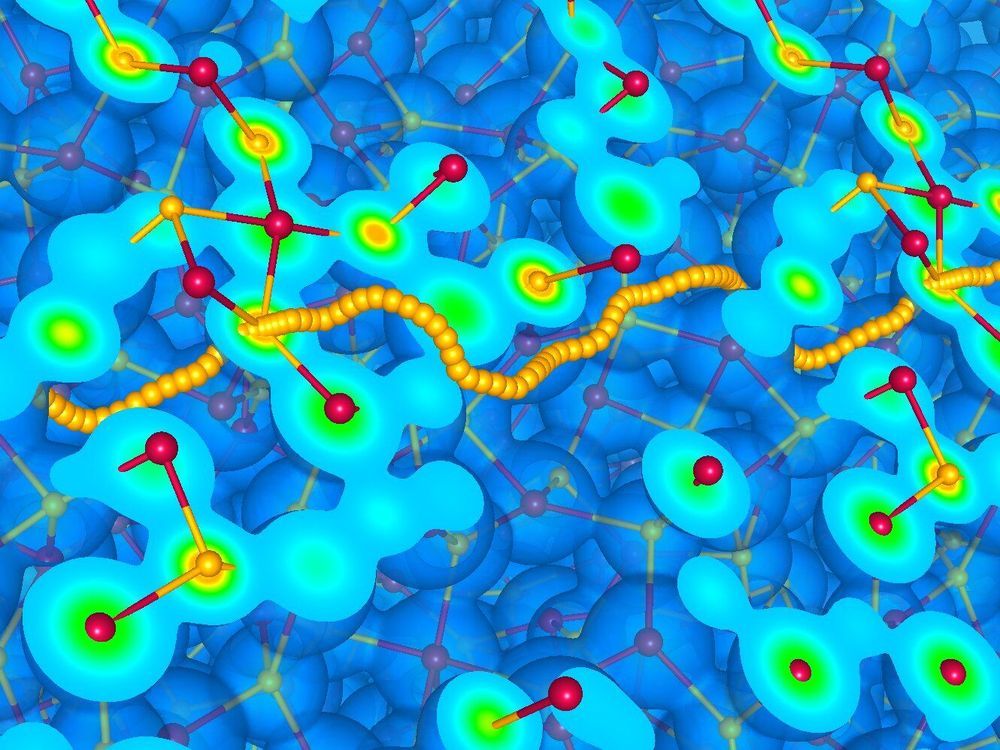Scientists at work in laboratory. Photo: Public domain via Wikicommons.
CTech – When chemistry Nobel laureate Michael Levitt met his wife two years ago, he didn’t know it would lead to a wonderful friendship with a young Israeli scientist. When Israeli scientist Shahar Barbash decided to found a startup with the aim of cutting down the time needed to develop new medicine, he didn’t know that a friend’s wedding would help him score a meeting with a man many want to meet but few do. But Levitt’s wife is an old friend of Barbash’s parents, and the rest, as they say, is history.
One of the joys of being an old scientist is to encourage extraordinary young ones, Levitt, an American-British-Israeli biophysicist and a professor at Stanford University since 1987, said in a recent interview with Calcalist. He might have met Barbash because his wife knew his family, but that is not enough to make him go into business with someone, Levitt said. “I got on board because his vision excited me, even though I thought it would be very hard to realize.”








